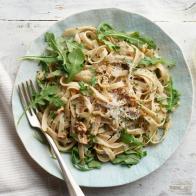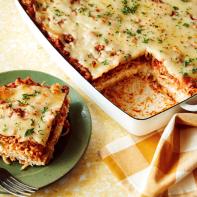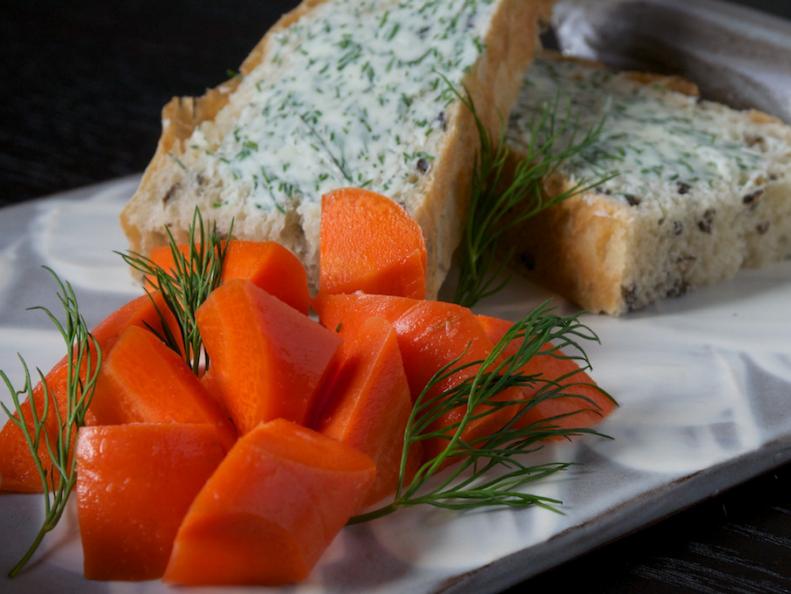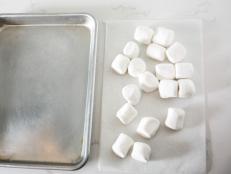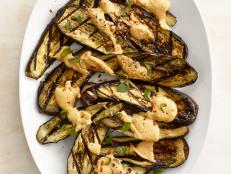1 / 9
How to Pickle at Home
This brine and technique can be used to pickle a wide variety of vegetables, such as radishes, turnips, Brussels sprouts, garlic and, of course, cucumbers; this is the way to make the classic deli-style dill pickle. In this case, we are making spicy dill carrot sticks.
